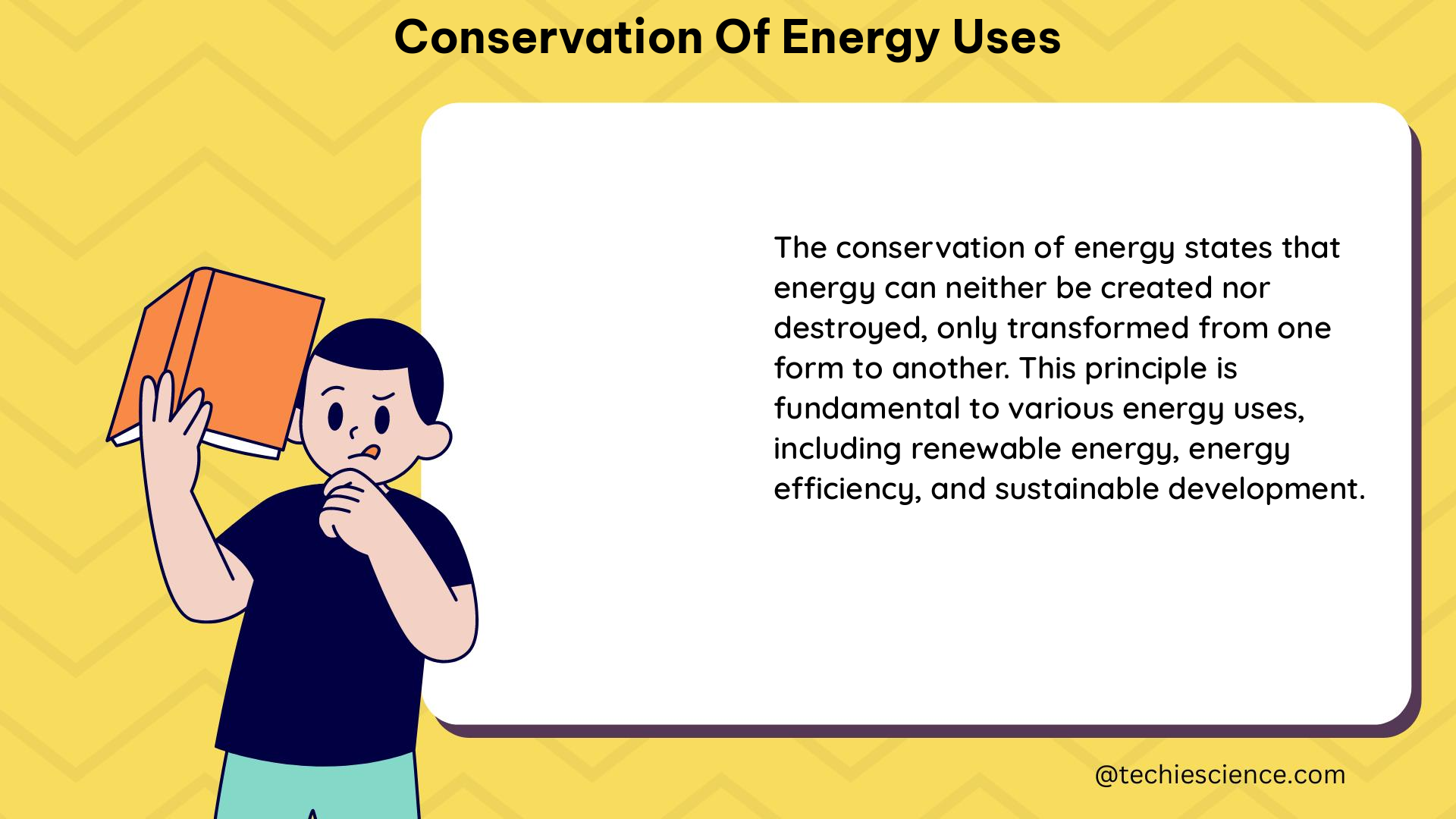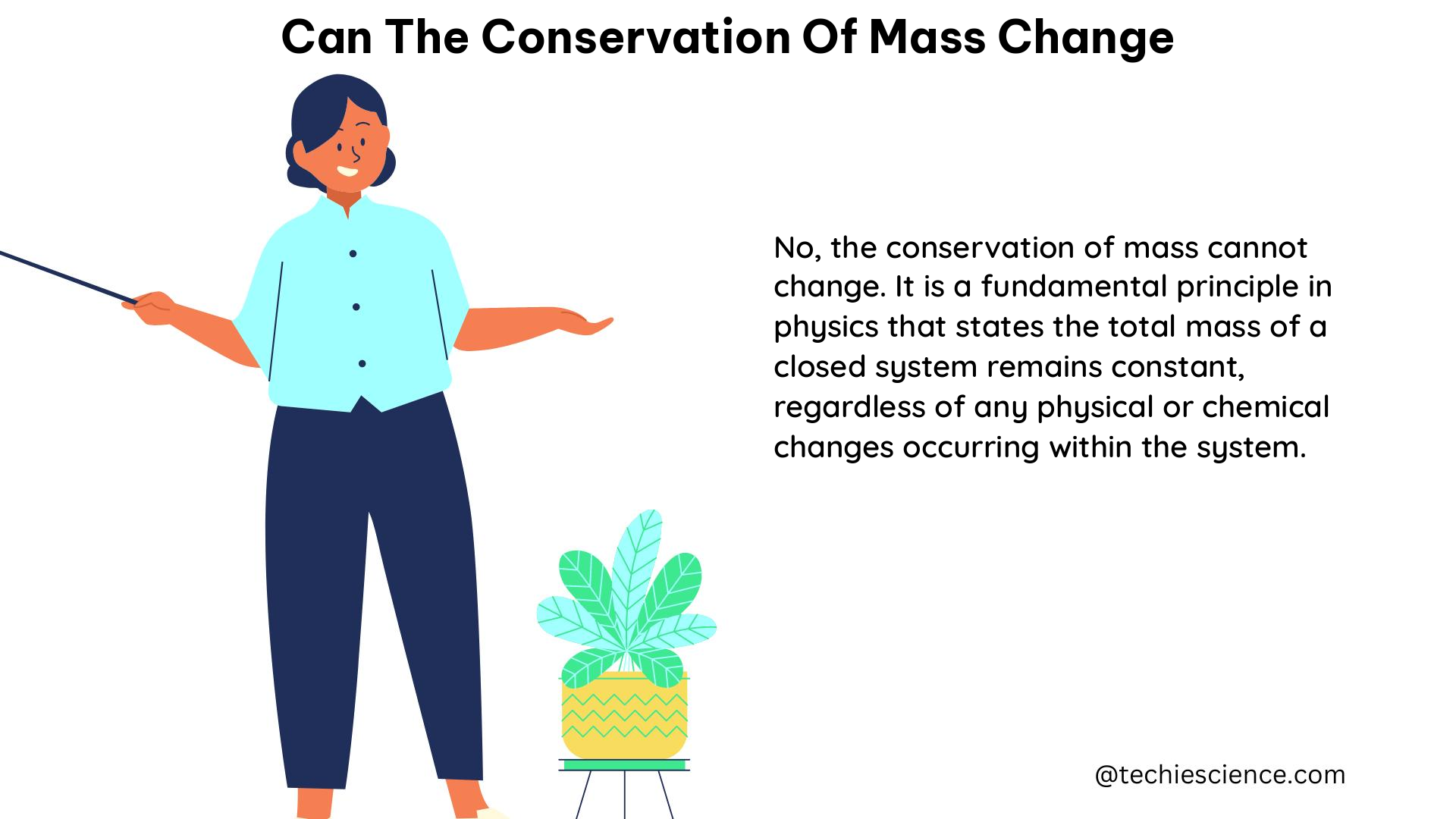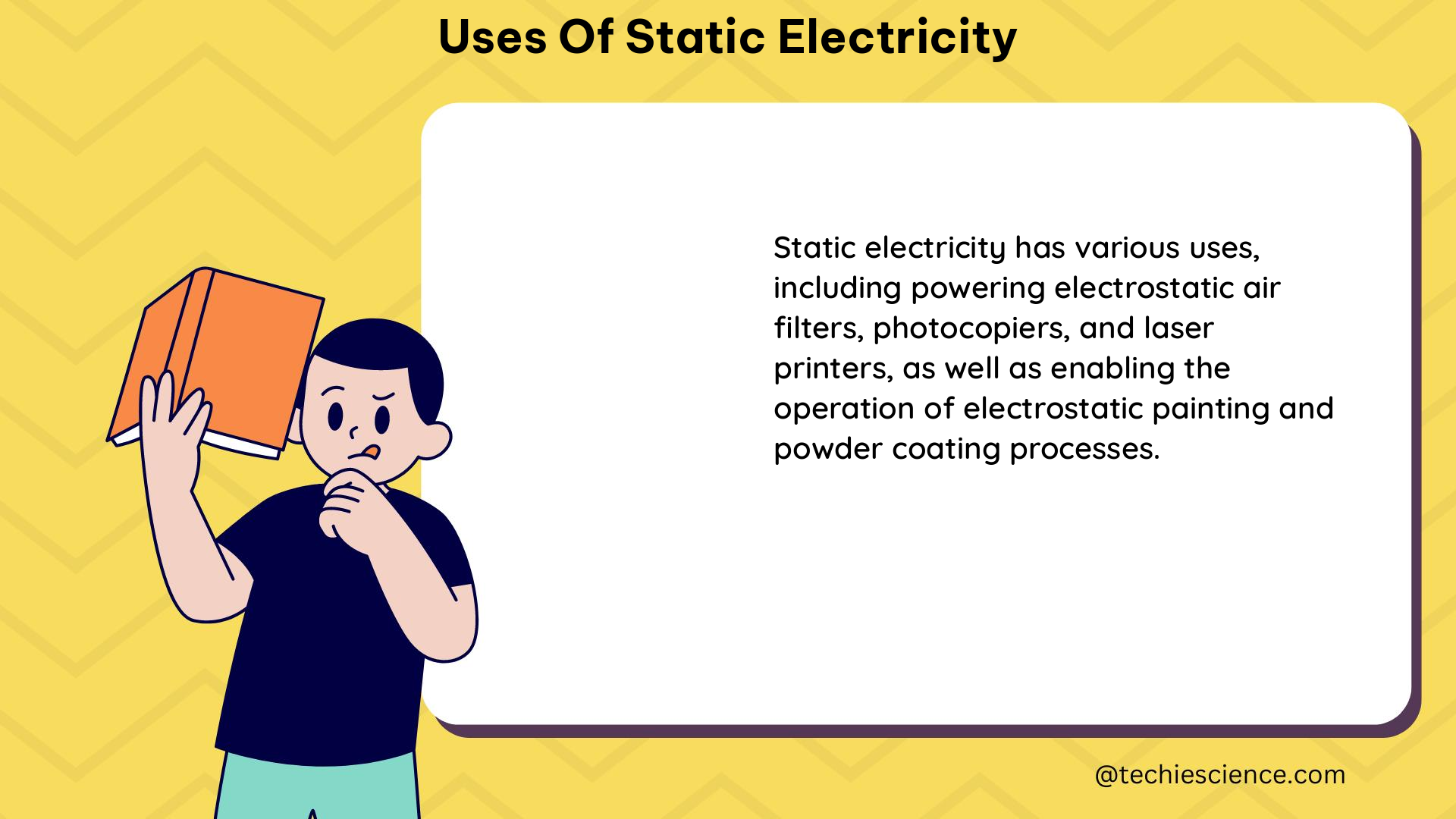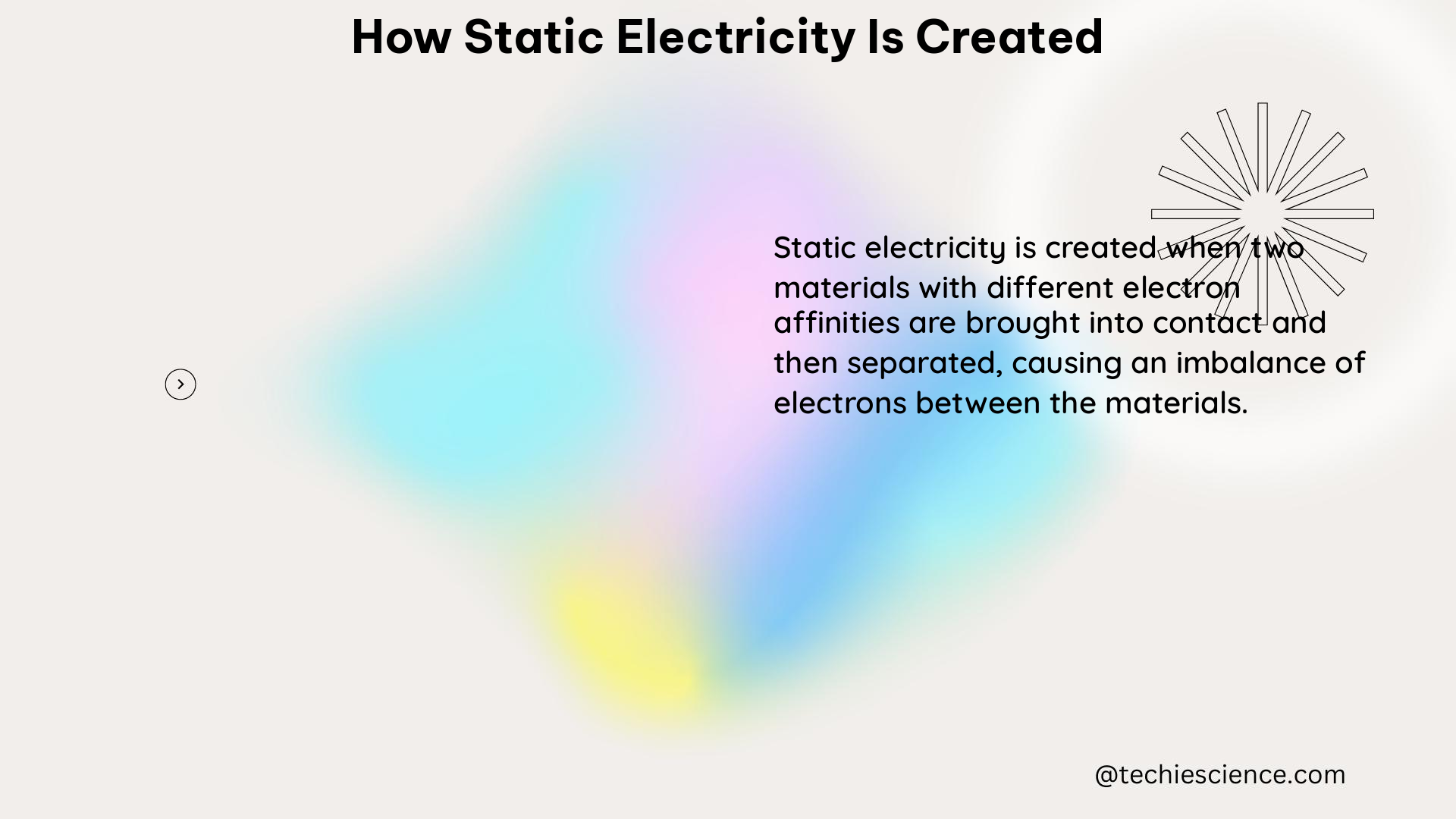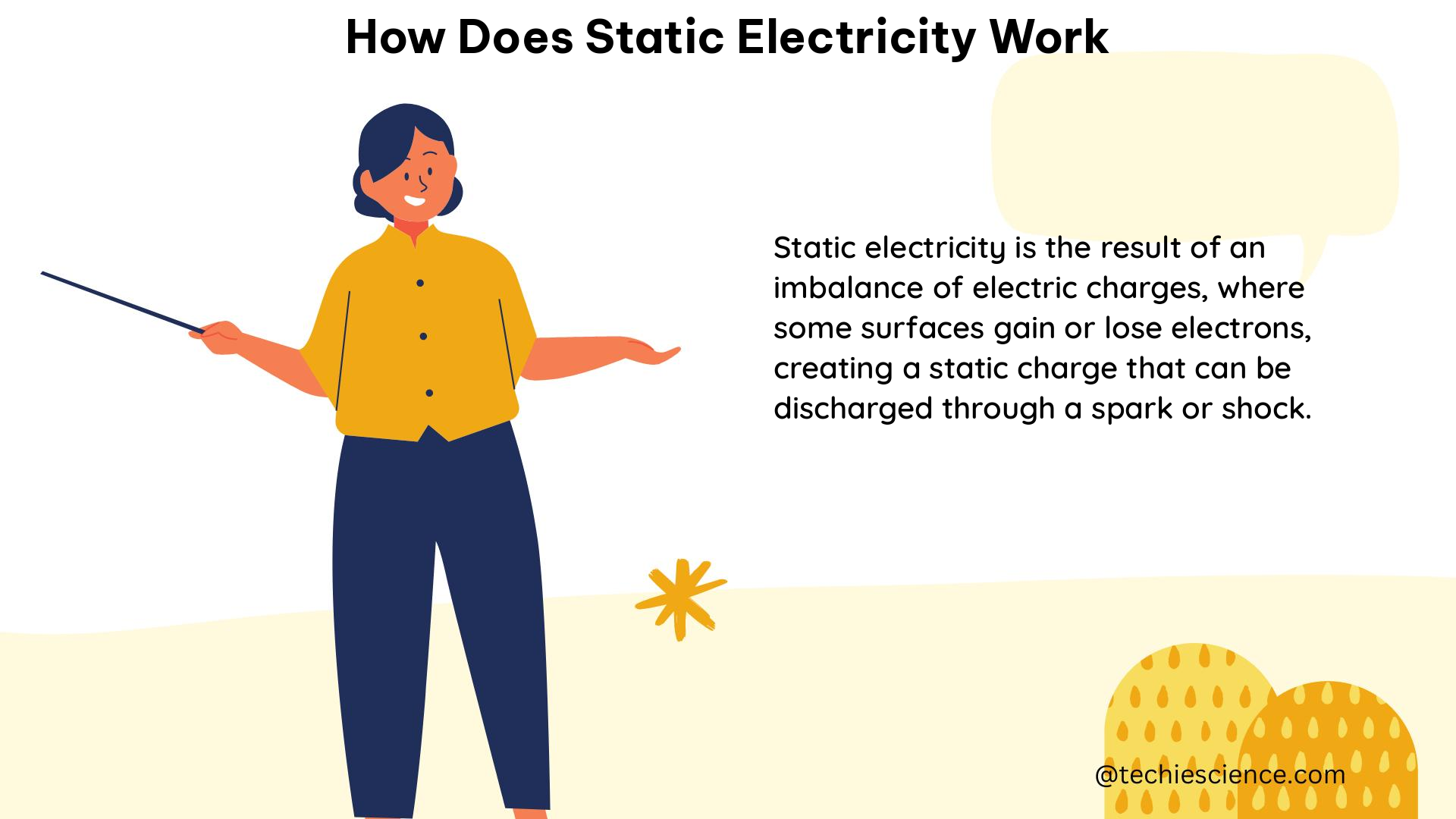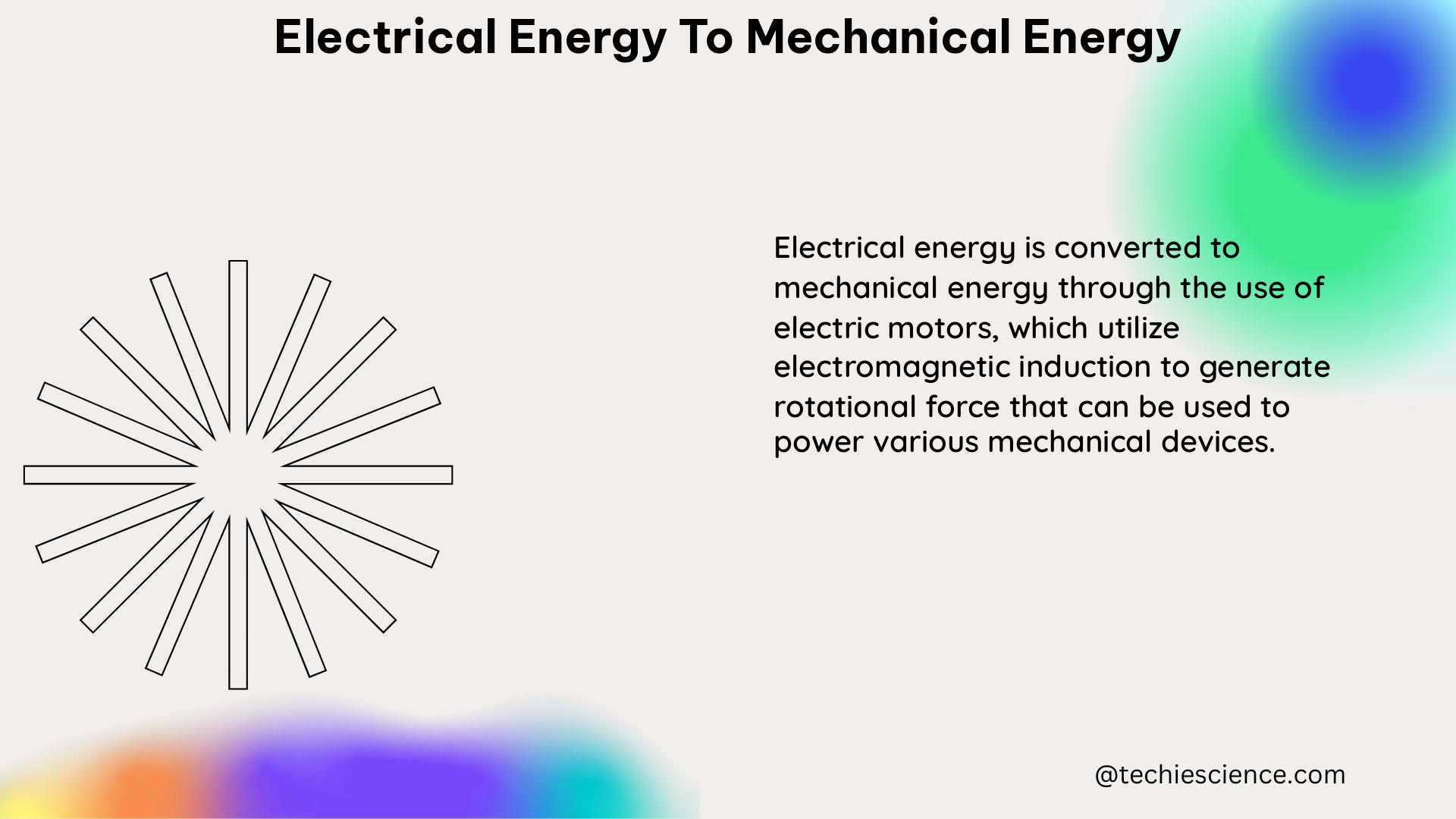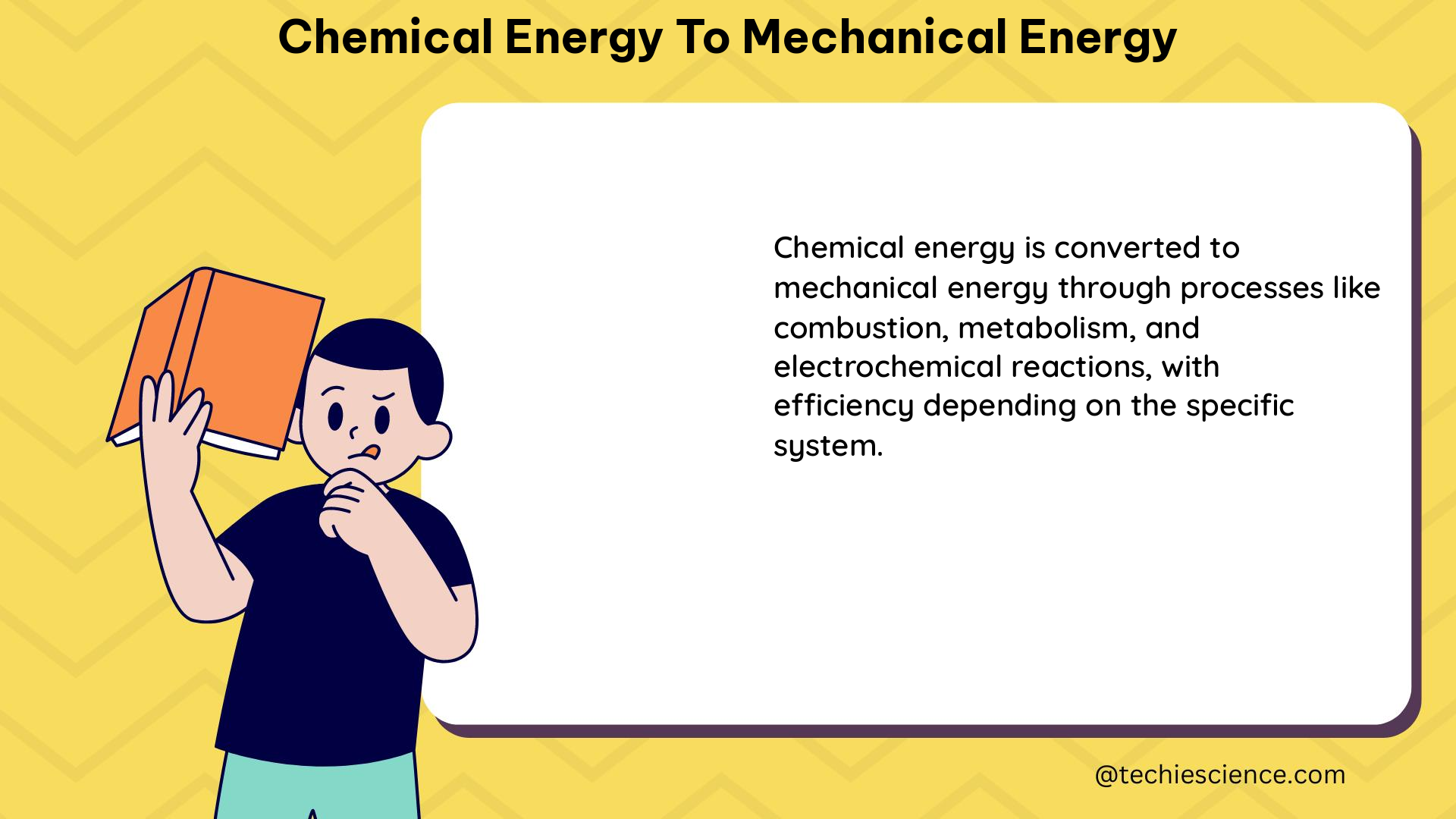Rotary motion from several equipments is critical for wide variety of applications. This article gives detailed explanations on rotary motion examples.
Some of the commonly observed rotary motion examples are as follows:
- Rotary motion of Earth on its own axis
- Motion of wheels of a moving vehicle
- Motion of the blades of a fan
- The motion of hour, minute and second hands of a clock
- Motion of gears
- Spinning top
- The rotor blades of a helicopter
- Blender
- Ferris Wheel
- Drilling Machine
- Rotary motion of merry-go-round
- Motion of a potter’s wheel
- Tornado
- The blades of a windmill
- Skater rotating on an ice rink
- Turbines
- Rotary motion of planets
- Fidget spinner
- Belt-driven rotary tables
The detailed explanation for the above examples will be given below.
Rotary Motion Examples
Rotary motion of Earth on its own axis
We know the Earth revolves around the Sun simultaneously rotating about its own axis. This is an example of rotary motion. This motion of Earth about its own axis is the reason behind the formation of days and nights.

Image Credits: Wikimedia Commons
Motion of wheels of a moving vehicle
Any moving vehicle, be it motorcycle, car, bus, auto rickshaw, or anything, have rotating wheels. These wheels rotate around their own axle and hence form a best example for rotary motion. The rotation of the wheels guides the forward or backward motion of the vehicles.
Motion of the blades of a fan
An electric fan is used for the cooling effect during summer in almost all households. When the power supply to an electric fan is switched on, the blades start rotating. The rotation is about an axis and hence is rotary motion. Ceiling fans as well as pedestal fans are perfect examples for rotary motion.

Image Credits: Pixabay
The motion of hour, minute and second hands of a clock
The hands of a clock keeps on rotating about an axis and that is what is termed as ticking. The pinpoint in the centre of the clock is the axis of rotation. Thus these hands of the clock exhibits rotary motion.
Motion of gears
Gears have wide variety of applications in mechanical and automobile machines like cars, bicycles and even clocks. A gear can be described as a mechanical tool that comprises cut teeth on its outer surface. Gear helps in rotating and translating motion from one form to another. The rotation of gears is an example of rotary motion.
Spinning top
Spinning top is a commonly observed toy used by children. The top is wrapped with a thread and contains a pointed tip. It forms a perfect rotary motion example. The spinning top is placed on a surface at its pointed end and then the thread is pulled which causes the rotary motion of the top.

Image Credits: Pixabay
The rotor blades of a helicopter
The rotary blades of the helicopter is another example for rotary motion. The blades rotate about a central axis and this motion is what helps the helicopter to generate an aerodynamic lift force that balances its own weight, overcome the drag force in the air and also lift in the air.
Blender
A blender is the most common exhibit of rotary motion found in almost all household kitchens. When power is supplied to a blender, a motor present inside the appliance helps the blades rotate and hence mix the food items.
Ferris Wheel
Carnivals or funfairs showcase several amusement rides, of which Ferris wheel is main attraction. Ferris wheel consists of a huge metallic wheel and its rim comprises cabins to seat people. When the motor connected to the wheel is supplied power, the wheel rotates about the central point and hence is a best visual example of rotary motion.
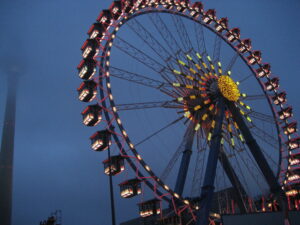
Image Credits: Wikimedia Commons
Drilling Machine
The motion of the drill in a drilling machine is another instance of rotary motion. The drill rotates in a circular direction about an axis and produces hole on the surface.
Rotary motion of merry-go-round
Merry-go-round is another amusement ride found in parks and carnivals. People are seated on the edge of rim of the merry-go-round and as the power is supplied it rotates about the central axis. This motion is therefore one of the rotary motion examples.
Motion of a potter’s wheel
A rotary motion is where the body moves along a circular path about a fixed axis. Potter’s wheel is an example of such kind of motion. It is used to make ceramic wares like pots, mugs and other utensils. A flywheel is used to generate the rotary motion in pottery wheel.
Tornado
Tornado is one of the perfect example of rotary motion occurring in nature. It is capable of producing high speed winds and can blow out houses, trees and even heavier things. Tornadoes arise out of a thunderstorm and they comprise a column of air rotating about a horizontal axis. At the bottom the radius of rotation is less and increases on moving upwards.
The blades of a windmill
A windmill is a source of power generation wherein electric power is generated from wind energy. The blades of a windmill are placed in such a way that they face the high-speed winds which accelerates the motion of the blades, thereby generating power. The windmill blades rotate about an axis and such motion is rotary motion.
Skater rotating on an ice rink
A skater rotating on an ice rink is spinning about an axis that passes through his/her own body. He/she can increase or decrease rotary speed using body postures. This is an example of rotary motion.
Turbines
Turbine is a mechanical device that can harness kinetic energy and convert it to rotational energy. Turbines are specifically used in hydroelectric power plants where kinetic energy of the water is used to generate electricity. A turbine contains a series of blades that are capable of rotating about an axis.
Turbines are found in several sizes and are mainly used in wind power, hydro power and heat engines.
Rotary motion of planets
Planets are celestial objects revolving around the Sun similar to the Earth. Planets also rotate about their own axis, the same way an Earth rotates. This motion of planets is hence rotary motion.
Fidget spinner
A fidget spinner is a toy similar to a spinning top. But instead of spinning on the floor as the top, it spins on hands. The blade-like projections spins or rotates about the central point and thereby exhibits rotary motion.

Image Credits: Pixabay
Belt-driven rotary tables
Belt-driven rotary blades are used in several industrial equipments to ease the rotary motion and increase the advantage at a low cost. They are capable of providing high speed rotations and are deployed in automation equipments, machine tools, robotics, aerospace, etc.
Please click to know about 15+ Absorption Of Energy Examples.
Also Read:


